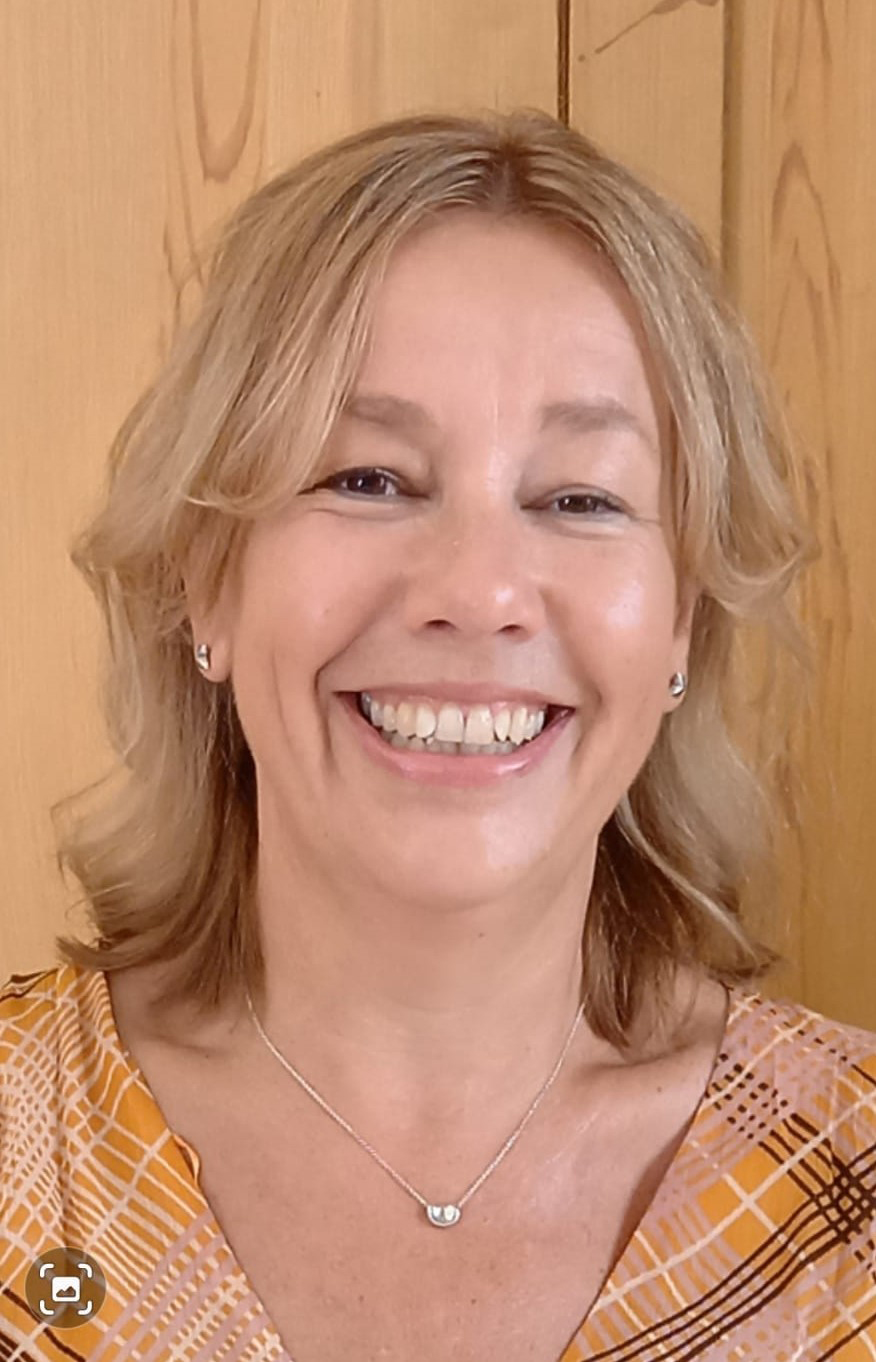As I sit and write this, it is 35 degrees outside, we have now entered out first official drought in a decade. We have enjoyed glorious sunny days in the garden, park and the beach and hopefully, have remembered to use sunscreen. There is a downside of this, the main causes of skin cancer is the sun’s harmful ultraviolet (UV) rays. (along with those from sunbeds). There are 2 types of skin cancer
Non melanoma skin cancer
These tend to develop most often on skin that's exposed to the sun. There is a high cure rate for these cancers.
WHAT TO LOOK OUT FOR
A sore that doesn't heal
The sore can look see through, shiny and pink or pearly white. They can also look red. It may feel sore, rough and have raised edges.
Ulcer
Look out for an area of skin that has broken down (an ulcer) and doesn't heal within 4 weeks, and you can't think of a reason for this change.
A lump
This might be small, slow growing, shiny and pink or red patches on your skin. These red patches could also be itchy. This could be due to other non-cancerous skin conditions. But get it checked to make sure.
Freckles or moles
A change to a mole or freckle can be a sign of another type of skin cancer called melanoma.Melanoma skin cancer
Melanoma may occur at any age, but it is more common in older people. In comparison to most other cancer types, it is also quite common in younger people.
Other risk factors include:
- skin type
- hair and eye colour
- number of moles
- Family history of melanoma
The number of people diagnosed with melanoma is increasing in the UK and is the 5th most common cancer
To monitor any changes in your moles, use the ABCDE method that has been developed, approved and used by dermatologists the world over. Each letter corresponds to an aspect of moles that you should pay attention to:
- A – asymmetrical Melanomas are likely to have an uneven shape. The two halves of the area may be different shapes (asymmetrical).
- B – border Melanomas are more likely to have irregular edges (border) that might be blurred or jagged.
- C – colour Melanomas are often an uneven colour and contain more than one shade. The melanoma might have different shades of black, brown and pink.
- D – diameterMost melanomas are more than 6mm wide.
- E – evolving Melanomas might change in size, shape or colour, or you might notice other changes such as a mole bleeding, itching or becoming crusty.
Use the guide to check your skin regularly and if you notice a new abnormal mole or one that seems to be growing quickly or changing, show it to your doctor.

